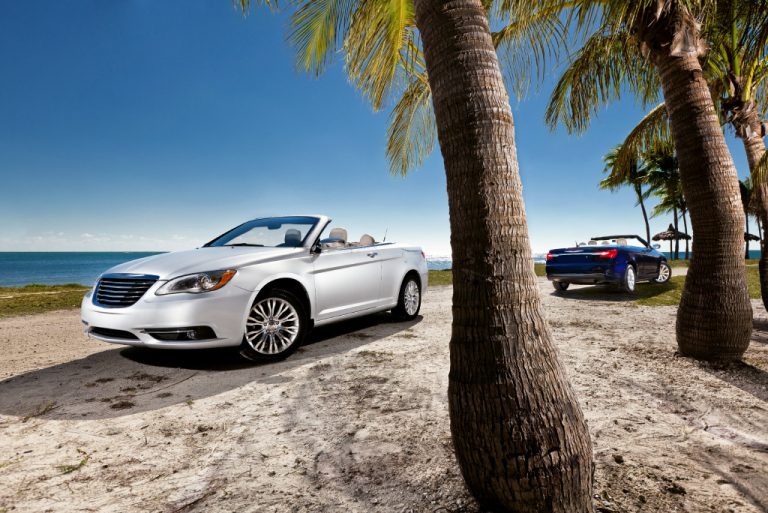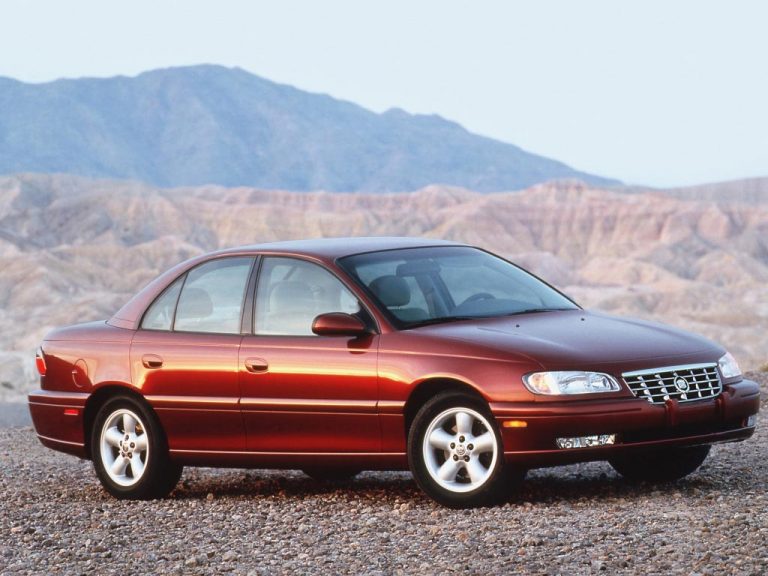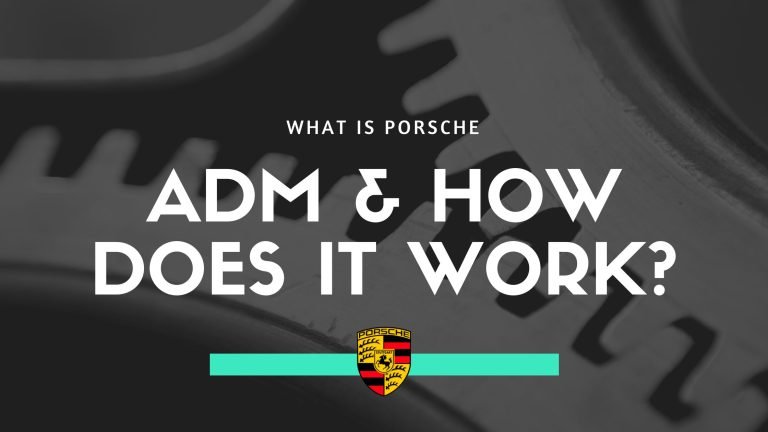4AFE vs 4AGE – Head-To-Head Comparison (Differences Explained)
Toyota has put out a lot of engines over the years so it’s no surprise that we end up trying to compare two arguably very similar engines to see what exactly makes them unique and potentially which one is best. A great example of this is the comparison between the Toyota A series engines the 4AFE and the 4AGE.
While they are undoubtedly incredibly similar, they are also absolutely unique and thrive in different ways. Whether or not one is ostensibly better than the other is up for debate and is something you can decide for yourself at the end of the blog post. Here is a head-to-head comparison between the 4AFE and 4AGE engines with all the differences explained.
Summary Of The Toyota A Series Engine
The Toyota A series of engines are a family of 4-cylinder combustion engines varying from 1.3-liters to 1.8-liters in volume. This family of engines utilizes a mix of cast-iron engine blocks with aluminum cylinder heads.
The A series started to roll out into production around 1978 and continued in one form or another well into 2006 before it was ultimately discontinued for new and better models. It was also the family that claimed the first JDM DOHC four-valve per cylinder and four-cylinder engines (the 4A-GE being the first to do so).
A Summary Of The Toyota 4AFE Engine
The Toyota 4AFE engine prioritizes fuel economy over pretty much everything else. Which does not mean to say that it wasn’t a high performer or that it didn’t provide decent brake horsepower or torque. Because it did, to an extent.
What it means is that Toyota was designing an engine that would make owning a Toyota a more sustainable option and very well may have solidified their place in the market for everyday vehicles for the work commute, etc. The 4AFE was a 1.6-liter DOHC inline 4 engine with about 103-115 brake horsepower depending on which global market you are looking at. it had 107 lb-ft of torque and a compression ratio of 9.5:1.
A Summary Of The Toyota 4AGE Engine
The Toyota A4AGE was designed to be a more powerful and effective successor to the 4AFE. But without quite as much focus on fuel economy. The 4AGE was a twin-cam engine made of an all-iron block that certainly contributed to its reduced efficiency.
The 4AGE like the 4AFE varied from continent to continent and actually in the US performed worse than every other market. Why? Because of more stringent emissions rules. The 4AGE produced 112 brake horsepower and 97 lb-ft of torque. It had a compression ratio of 10.3:1.
What Are The Major Differences Between The 4AFE and 4AGE?
As you can plainly see the engine specs for both the 4AFE and 4AGE are pretty similar. However, they are also obviously different, and given the brief explanation about what each engine was trying to achieve you can also tell they served different purposes. So, the 4AFe aimed to be a more cost-effective and efficient engine. You will often find that Toyota applies the F in the engine series name to vehicles that try to focus on efficiency and sustainability.
The 4 AFE is undoubtedly more sustainable than the 4AGE but that is not to say that the 4AGE is in any way a bad or inefficient engine. Conversely, the 4AGE was designed to be a bit punchier and to squeeze more out of the vehicle. But did it? We have established that the 4AFE had more horsepower, more torque, and a lower compression ratio. Surely that means it is better? It’s a cop-out answer, but yes and no. The 4AGE is technically on the lower end when it comes to the engine specs but in terms of actual performance, it’s incredibly more proficient.
The 4AGE has seen some pretty crazy evolutions in its time including the much coveted Formula Atlantic Spec 4AGE that had 250 brake horsepower and 130 lb-ft of torque. It could also rev up to 10k rpm which is absurd. Is it fair to compare the standard spec 4AFE vs the high-spec 4AGE? Probably not. But the comparisons do have to be drawn as the 4AGE is such a vast array of engines that all technically fall under the same umbrella.
Which Is Better The 4AFE Or The 4AGE?
Which of these two particular engines is better will largely come down to what aspect of the engine you value the most. If you want a stock engine that is reliable and affordable, while having the potential to accommodate some pretty major upgrades without protestation, the 4AFE is probably your winner.
If you prefer power and performance over efficiency and don’t care what the specs say on paper you know your car is faster or more powerful, the 4AGE is probably the winner. If you are lucky enough to have the chance to pick up a Formula Atlantic Spec vehicle then throw everything else out the window and jump at the chance to own one.
What Is The Difference Between The 4AF and the 4AFE Engines?
Many people use the 4AF and 4AFE engines interchangeably even though they are quite different. The 4AF came first and is naturally the inferior of the two. For its time it was quite an efficient engine and naturally Toyota had sacrificed power to get there. However, with the 4AFE Toyota had managed to reclaim most of that lost power without affecting its efficiency and affordability. The 4AFE is superior to the 4AF in every way.
Conclusion
so, now you have the side-by-side comparisons of the 4AFE and 4AGE engines (and even the 4AF) to help you decide which is best. Or at least, help you understand how they are different and what you might expect from them both.
They are both exceptional engines and while the 4AFE may have a special place in many people’s hearts it’s clear that the 4AGE just has something more to it. If you are purely looking for something to get you to and from work every day, the 4AFE is an excellent choice. If you want something you can have fun in, the 4AGE is probably the way to go.






